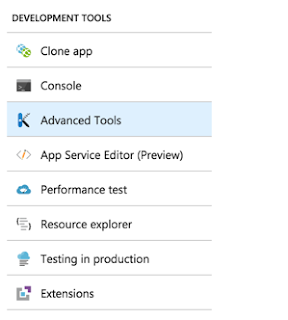If you don't know how to deploy application on azure app service kindly go refer this link
By default Azure provides publish profiles for the Web App (To put files to the root of the domain). In our case, We wanted to deploy inside a sub-folder.
Suppose our web app name was demo-site and we want to web deploy the app under demo-site\sub-folder. To do that,
Download the publish profile.
Kindly refer this link
For upload the files we need filezilla or winscp i am using winscp , you can install winscp from this link
follow this guide to get FTP credentials
when you installed winscp fill FTP details , Username and Password.
After successful login you have to upload the files in sub-folder. From source to target.
after upload successful Go to portal > demo-site App Service > Configuration > Path Mappings > Virtual applications and directories.
set sub-folder type = applications Bowers the url.
Hope is work fine if facing any issue kindly send email to me.
Thank you,
Arjun Walmiki
By default Azure provides publish profiles for the Web App (To put files to the root of the domain). In our case, We wanted to deploy inside a sub-folder.
Suppose our web app name was demo-site and we want to web deploy the app under demo-site\sub-folder. To do that,
Download the publish profile.
Kindly refer this link
For upload the files we need filezilla or winscp i am using winscp , you can install winscp from this link
follow this guide to get FTP credentials
when you installed winscp fill FTP details , Username and Password.
After successful login you have to upload the files in sub-folder. From source to target.
after upload successful Go to portal > demo-site App Service > Configuration > Path Mappings > Virtual applications and directories.
set sub-folder type = applications Bowers the url.
Hope is work fine if facing any issue kindly send email to me.
Thank you,
Arjun Walmiki










